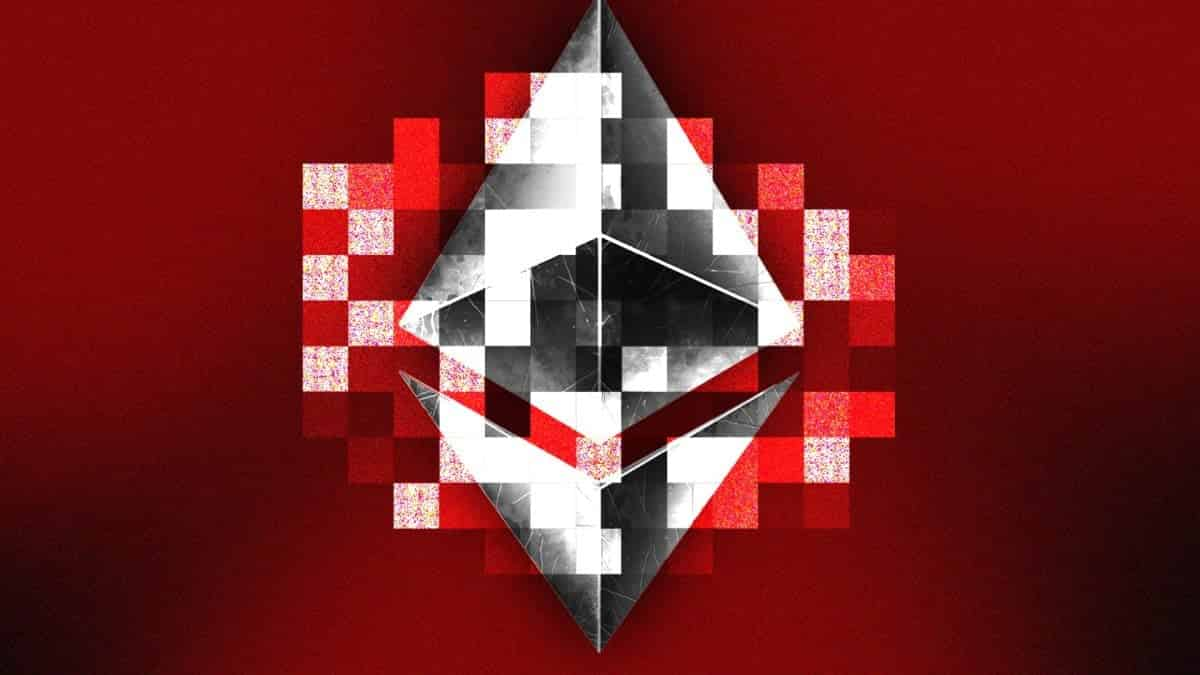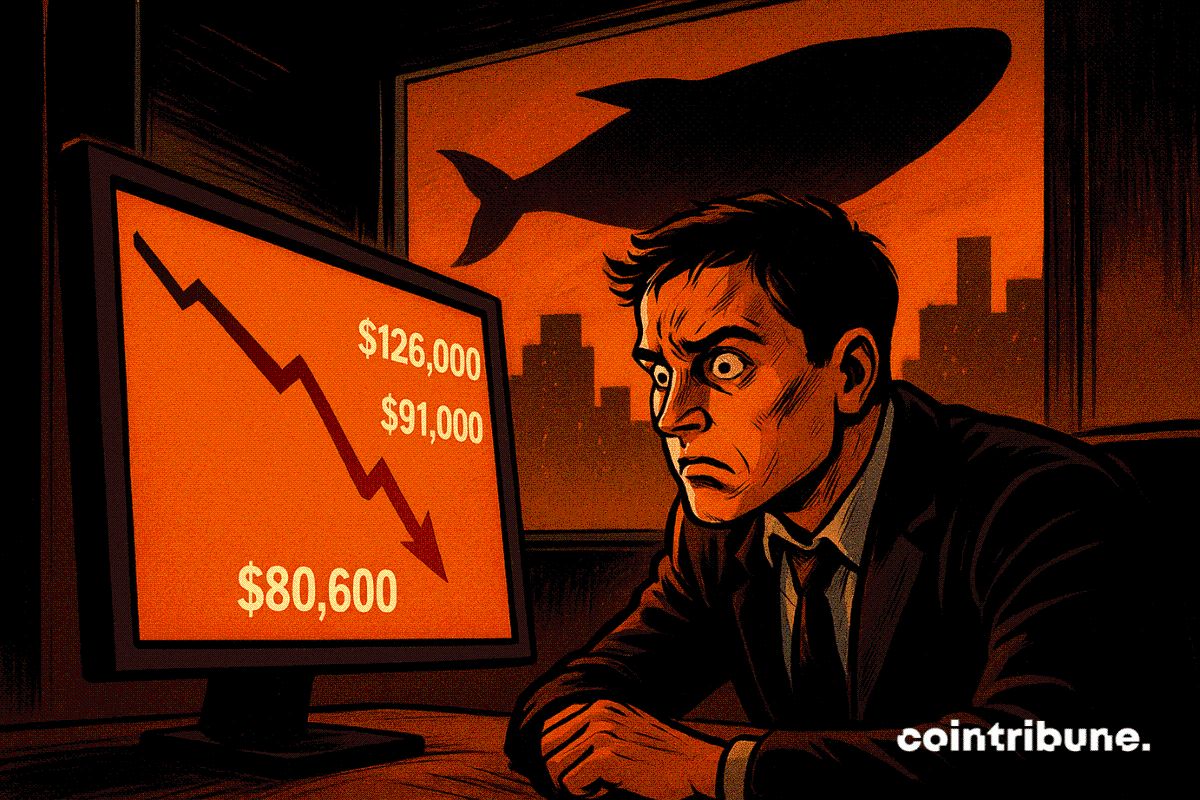30% of Ethereum validators signal higher block gas limit, data shows
Quick Take Over 30% of Ethereum validators have signaled support for increasing the block gas limit, according to data compiled by Ethereum Foundation researcher Toni Wahrstätter. The current gas limit of 30 million is seen as a bottleneck due to increased demand and the complexity of applications on Ethereum.

Over 30% of Ethereum validators are signaling their support for an increase in the block gas limit — a critical parameter that dictates the network’s capacity to process transactions — data compiled by Ethereum Foundation researcher Toni Wahrstätter shows.
Currently, the Ethereum gas limit is 30 million and one-third of validators have indicated that the Ethereum block gas limit should be raised from 30 million to 40 million gas units.
Validators proposing and validating blocks can modify their node configurations to signal their support for a higher limit without requiring a hard fork. Once more than 50% of validators approve, the block gas limit will automatically adjust to the next agreed-upon level, targeted at 40 million. Ethereum co-founder Vitalik Buterin also recommended this 33% increase last year.
Recognizing the need for increased capacity, an initiative known as “Pump the Gas” emerged last year, advocating an increase in the gas limit. Led by Ethereum developer Eric Connor and former MakerDAO head of smart contracts Mariano Conti, it aims to educate the Ethereum community about the gas limit and its role in improving Ethereum scaling.
In the Ethereum blockchain, “gas” is the fundamental unit to measure the computational effort required to execute transactions or smart contracts. Every operation performed on the Ethereum network, from simple token transfers to complex smart contract interactions, consumes a certain amount of gas. This mechanism ensures that users pay for the resources they consume and prevents malicious actors from overloading the network. As such, the gas limit defines the maximum amount of gas all transactions can consume within a single block. This limit is a critical safeguard against network congestion and potential denial-of-service attacks.
The timeline for this gas limit increase is unclear. Following the implementation of proto-danksharding (blobs) in last year's Dencun upgrade , the urgency to raise the gas limit has somewhat decreased. The addition of blobs has eased some scalability issues by offering a new approach to data storage and management, which is particularly useful for Layer 2 rollups. Nonetheless, if Ethereum's demand for decentralized applications grows over time, an increase in the gas limit will become necessary.
Disclaimer: The content of this article solely reflects the author's opinion and does not represent the platform in any capacity. This article is not intended to serve as a reference for making investment decisions.
You may also like
How much is ETH really worth? Hashed provides 10 different valuation methods in one go
After taking a weighted average, the fair price of ETH exceeds $4,700.

Dragonfly partner: Crypto has fallen into financial cynicism, and those valuing public blockchains with PE ratios have already lost
People tend to overestimate what can happen in two years, but underestimate what can happen in ten years.

Balancer Rallies to Recover and Redistribute Stolen Funds After Major Cyber Attack
In Brief Balancer plans to redistribute $8 million to users after a massive cyber theft. The recovery involved crucial roles by white-hat researchers rewarded with 10% incentives. Unclaimed funds will undergo governance voting after 180 days.

Bitcoin Faces Renewed Selling Pressure as Whale Deposits Spike and Market Fear Deepens

